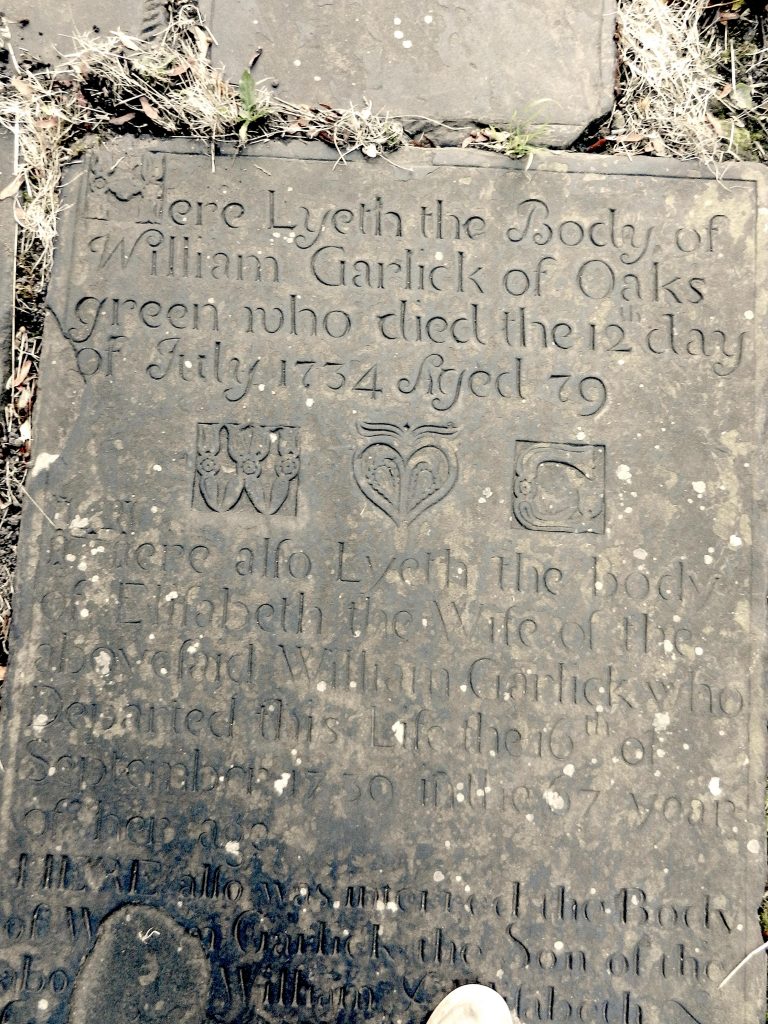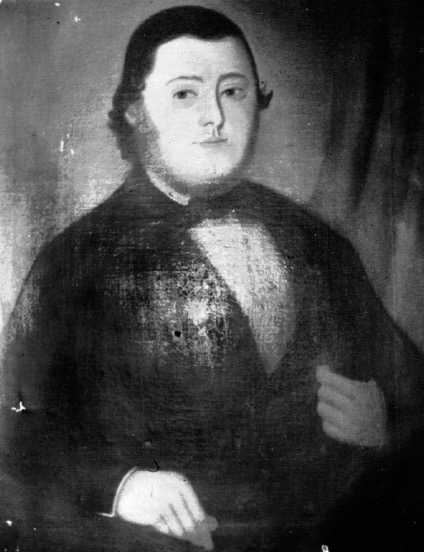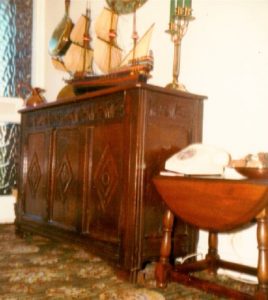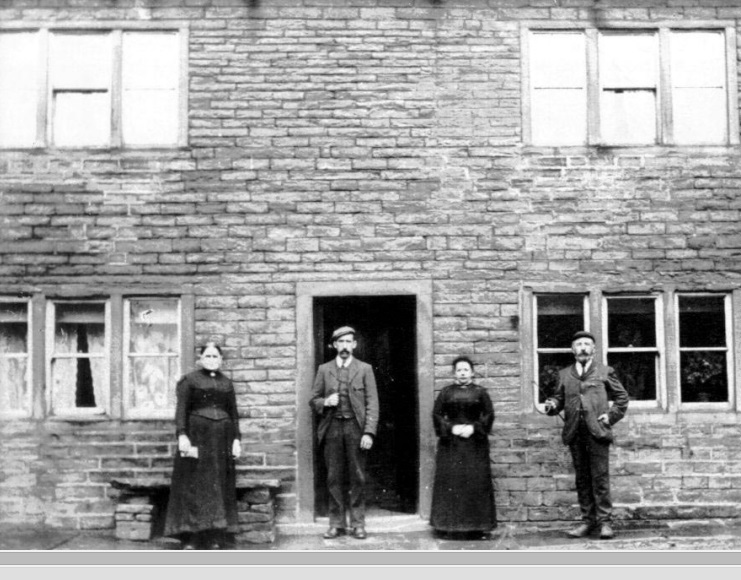THE GARLICK'S OF GREENHEAD FARM

The Garlick family can be found living in Rastrick as far back as the 1600’s. William Garlick was a farmer and carpenter from Oaks Green. He died in 1665 and was buried at St. Mary’s Church, Elland on the 14th May that year. His wife Martha was also buried at Elland on the 14th January 1687. They had four children, one of which was a son, also named William. He was born in 1655 and died on the 12th July 1734 aged 79 years. William was a Constable and Churchwarden at Rastrick in the years 1677 to 1679. His wife Elizabeth died on the 16th September 1739 and they were both buried at St. Mary’s, Elland.
William and Elizabeth had at least six children and it will come as no surprise to find one of their sons was called William who lived between the years 1697 and 1783. There is an invoice dated 7th January 1766 issued by the Trustees of the Dewsbury to Elland Turnpike Road to William Garlick for ‘getting’ stone and delivering it to the road in order that repairs could be made. He was paid £1-3s-4d for the stone and his work over two days.
William fathered five children, three of which were boys and once again there was a son named William. He was baptised at St. Matthew’s, Rastrick on the 8th April 1751 and is shown on the baptism record as being William, son of William Garlick, Oaks Green, Rastrick.
William married Sarah Sutcliffe at Elland in 1792 and in 1803, he donated money towards the new tower of St. Matthew’s Church which had been completed just five years previously. In 1807 he provided two horses and carts along with five days labour during the construction of the new vicarage at Ogden Lane. William, like other generations before him, farmed the land at Greenhead Farm up until his death in May 1829.
Although William did father a son by the same name, he chose to call his eldest son by the name of John and it is him (image to the right), born in 1792, who we will now concentrate upon. John continued farming at Greenhead Farm until his death in 1866 whereupon his youngest son, also named John (born 1833) took on the mantle but when he died in 1903, despite there being other brothers and cousins, it signalled the beginning of the end of the Garlick family at Oaks Green.


The farm was sold at auction in 1914 and was eventually demolished in the 1960’s. Most of the furniture was also auctioned which included Elizabethan oak settles and pewter bed-warmers which used to hang by the kitchen fire. One item of furniture that did survive is a Jacobean Corn Chest which now lives in the house of a modern day descendant.

The photograph above was taken outside Greenhead Farm and shows from left to right: Mary Garlick, neé Garside (1835-1918) and was married to John Garlick (1833-1903). Next is her son Sam (1870-1906) and his wife Grace neé Wood (1866-1933). The man on the right is Thomas Garlick. John Garlick is not on the photograph as he died in 1903 whilst Sam, who died in 1906 is shown therefore we can date the photograph to between those two dates.
A family story that has been passed down over the years tells how John Garlick (1792-1866) passed the farm to his youngest son John, by-passing his eldest child William (1825-1885). The story says that when William didn’t receive his expected inheritance, he turned to drink. On the marriage of one of his daughters, he fell asleep during ceremony and when the minister said the words,’to love and cherish”, William woke up and muttered, “to London for cherries”. He was reputed to have a horse that knew all the pubs between Rastrick and Bradford. It was quite clever because not only did it know where to stop at its masters favourite watering holes, but it also managed to take its inebriated master back home. I suspect that the truth of the matter is that William did not inherit Greenhead Farm because of alcohol related issues in his early life and not because he later turned to drink as a result of not inheriting the farm. I say this because I found a newspaper report from 1859 which states that William was fined 10/- for being drunk whilst his horse had been waiting for him outside a Huddersfield pub for several hours. This was seven years before William’s father died therefore one can assume that his father was well aware of William’s apparent problems.
As such, the farm was handed to the youngest son, John as mentioned above.
I am indebted to Don Dyson Worth of Los Angeles, California, USA, a descendant of the family who compiled a booklet on the family which he forwarded to me.